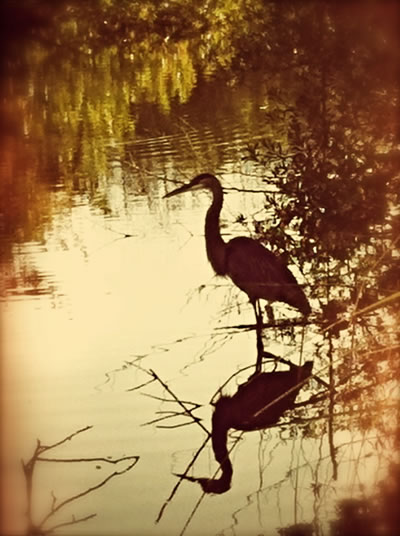
Girvin, Inc.
The Art of Seeing Slower: Examinations of Focus, Attention and Precision — the Slow Time: the art of looking slow.
I spent some time, working in, and exploring, Florida — some: Sarasota; some: Miami; some: Plantation. I gave a talk down there, a presentation — then hit the road. During the presentations, I was thinking about the messages that I offered, how I stood — the gesticulations of my body, and how I must have looked to the listeners. But what struck me was “how they looked at…” Furtive, bird-like glances and scans, out of focus, speedy and glassy-eyed. As a speaker, what you look for is how people are looking at you — and the degrees of their engagement — which, as you might know has its historical roots in “pledge, promises and oaths,” a sense of commitment. To engage attentively, you commit; as in the tilting in list and leaning in of listening, so does attention link to attend, tenet and tendon — it is a stretch, as in the span of attention.
I will have to confess that — of all the places that I experienced — even while working there, the Everglades was one of the most fascinating. And supremely undervalued, in terms of the amount of time that I needed to be there, exploring.
There were so many things happening in those ecosystems that I could only just began to sense the complexity of the systems and environments.
Herons. Not one type, but many.
Egrets — many.
Raptors and predatory birds: manifold.
Waterfowl: multitudinous.
And alligators — ancient wonders.
Still, in the silence of the swamps, I really found myself sliding into the primeval time of observation; for me, it’s that way of thinking that takes you out of the ridiculousness of the fray of busy-ness, into a kind of naturalized contemplation that draws you into the swamp pace: . Lizard mind,
Swamp time, I’d call it. But swamp, the idea of the swamp isn’t newly known, but hundreds, even thousands of years old — as, distinctively, a place. I ponder though the idea of swamp as being a kind of spongy absorptive and complexly layered way of experiencing things. Walking into the swamp, everything is alive, but quiet — there are actions, rustlings, swirling waters, ripples — the occasional call. But otherwise, there is a gauzy silence.
Creatures here seem to focus in a different way. They stand silent, supremely patient, quietly studying with the most intense and focused gaze — moving slowly, or steadfastly contemplative: dead still. Then they strike out — like lightning — and return to silence and study.
A good meditation for us all.
For me.
Swamp mind — lies here, in the roots of time: ancient speaking, primeval ideas, birth place. The most recent use: 1624 (Capt. John Smith, in referencing Virginia), perhaps a dialectal survival from an Old English cognate of the Old Norse svoppr “sponge, fungus,” from — reaching into the mists of antiquity — the Proto Germanic: *swampuz; but traditionally connected with Medieval English — sompe “morass, swamp,” probably from Middle Dutch — somp or Middle Low German sump “swamp.” Related to Old Norse svöppr “sponge.” The verb sense of “overwhelm, sink (as if in a swamp)” is first recorded 1772; fig. sense is from 1818. (Douglas Harper)
As a designer, it could be: the slow watch — less than the jumping conclusions of the impulsive study; it’s watching communities, participants and experiencers in a new way — the ancient and primordial way of slow.
And deepening: Beauty, the allegory of the attention
and the observational: paying heed, watchful and aware.

More, here: https://www.girvin.com/blog/?s=attention. A focus, for me.
Tim | GIRVIN | Vancouver, British Columbia
CONTEMPLATION / BRANDS / ENTERTAINMENT | THE QUALIA OF BEING
http://goo.gl/cYOPl3